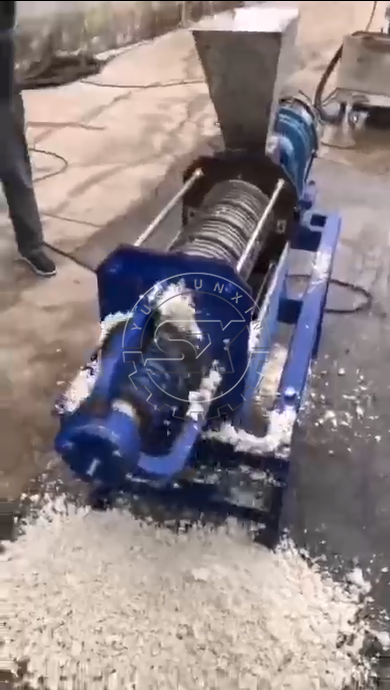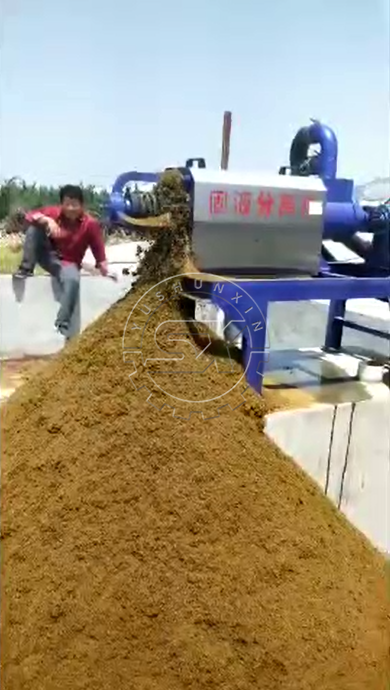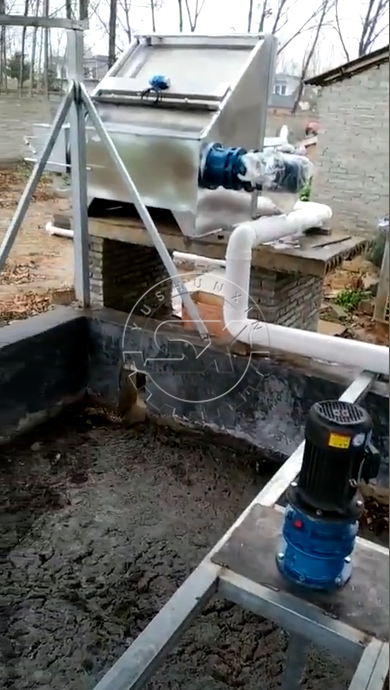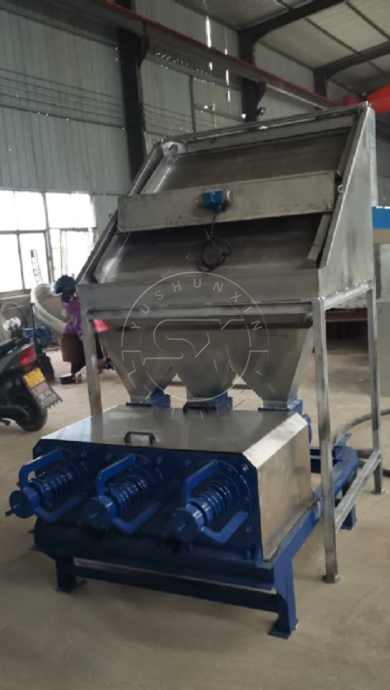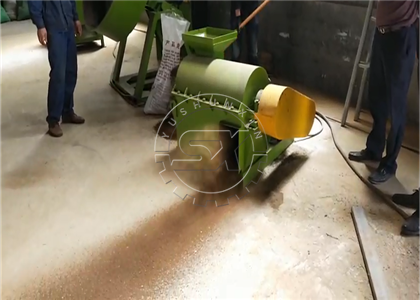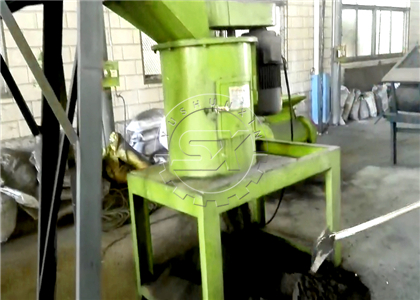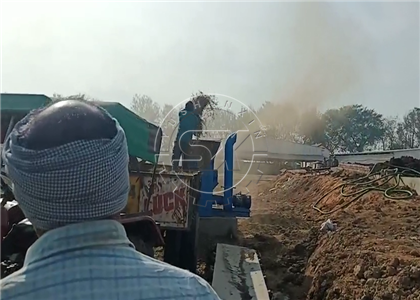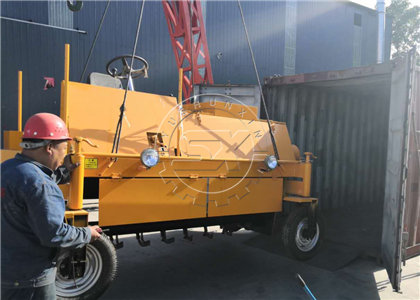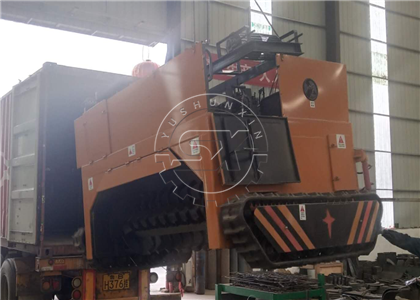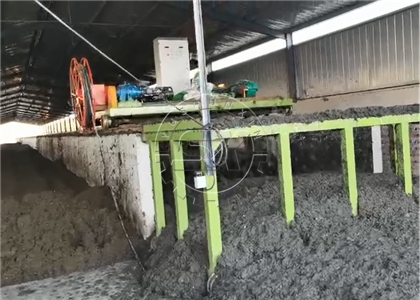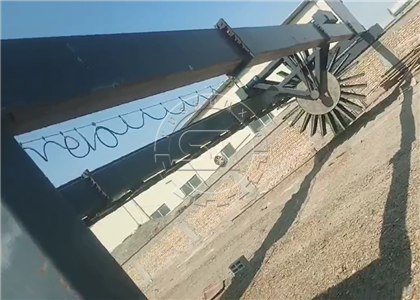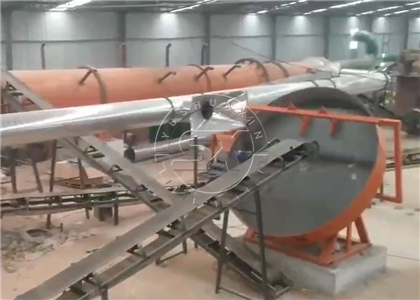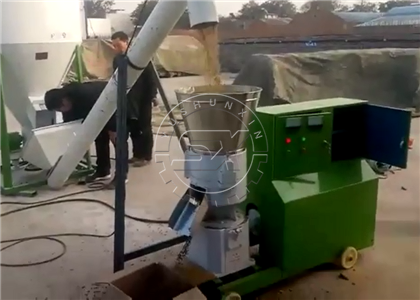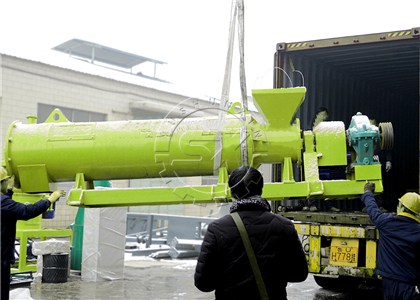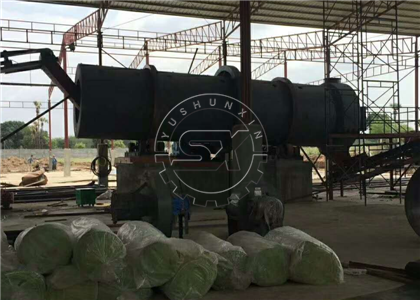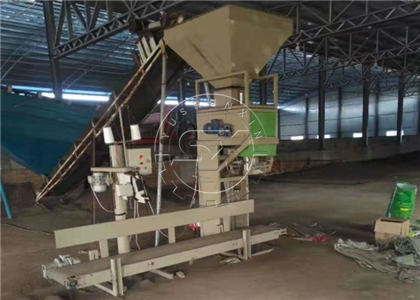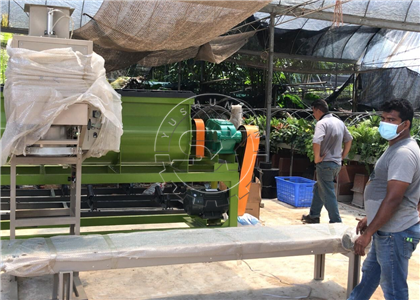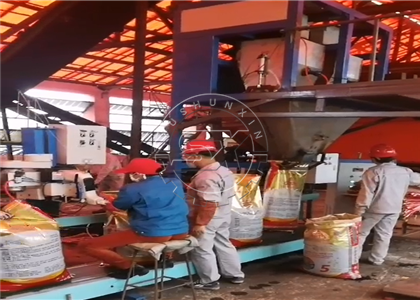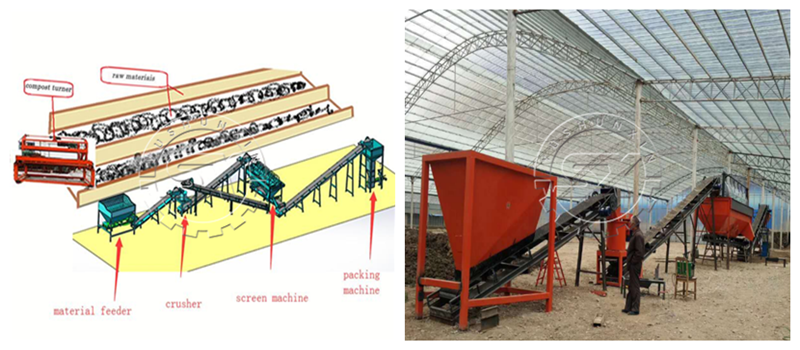Organic fertilizer production equipment is used to deal with different kinds of raw organic materials. With their various kinds of machinery processes, they are designed to produce many types of organic fertilizer products as needed, such as powder organic fertilizer and granule organic fertilizer.
Shunxin machinery has been in and leading the industry of organic fertilizer production equipment for more than 15 years. Our fertilizer producing machines have a high level of quality and perform perfectly for different production projects. The customers have gained considerable fertilizer wealth from the equipment in their organic fertilizer plants. We’ve as well received a very good reputation and lots of loyal customers from all over the world.
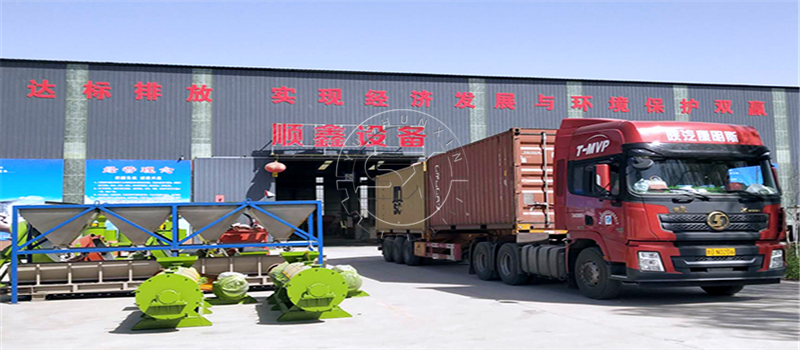
Let’s take a brief look at some general information about the organic manure processing equipment. If you have a plan to invest in the fertilizer business, this article will help you well.
I. How to process the raw organic materials with a suitable Shunxin organic fertilizer production equipment?
According to the different types and properties of your raw materials, we have designed various equipment with different working principles. For example, here are some of our best-selling machines. We can find a suitable solution for you from them to dispose of your raw materials to the output products as needed.
1. How do you deal with the fresh chicken litter in your chicken farm or the animal manure in water in your slaughterhouse? Collect it together and leave it at the corner? No, you will not like its amazingly bad smell, especially in summer; The large area it is taking means another additional cost as well. How about recycling it for sale? Well yes!
Our Solid-liquid Separator Machine is a good choice for you to dehydrate the watery matters. It can process the material moisture from 70% or above to below 40%. As we have a series of this machine type with different processing capacities, you will never worry about the high-water-content materials even for a dairy farm with 25,000 cows anymore.
The working principle of our screw dewatering machine is: The watery raw material enters the dewatering machine, then gets pushed by the blades of the screw shaft inside. The most liquid part is discharged through the liquid discharge port due to gravity, and the solid raw material with reduced water content gets squeezed and discharged to the solid discharge port by screw conveyance.
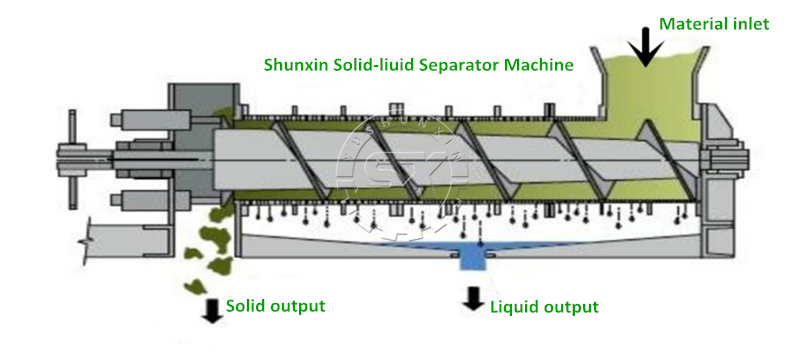
Working principle of Shunxin Screw Extruder Machine
To process various types of raw materials, we have different types of crushing equipment with large and small processing capacities. We can find you the right machine type and model to manage your material and capacity.
2. OK, the high-water-content materials can be dewatered by the above equipment like this to be applied soon. How about the dry and clumping materials? If not used up quickly, the dewatered materials will become like this after being left for a long time. Such kind of material does not contain much water but in serious agglomeration with numbers of large or small cakes or lumps. The nutrients of the materials are locked inside the lumps and will not perform well when applied to the soil.
The series of Shunxin Crushing Machine is our most applied equipment type to crush different organic materials into powder. No matter the poultry or livestock manure, or the agro crops or plant waste, even the sludge residues or industrial scraps, after the big particles / blocks get crushed by our waste grinding machines to make powder manure, the organic materials will be at its best for further process.
With different shapes and structures, our pulverizing equipment shares the same working principle: Through the high-speed rotating, the accessories of blades, chains or hammers inside the machine body will knock, crack and cut the target material into fine powder organic fertilizer products for further usage.
3. It is well known that raw organic materials contain a large number of bad bacteria and unprocessed ingredients. This can lead to the root damage of crops and plants. So they are not suitable to be directly applied to the farmland. To turn the raw material like chicken manure or sheep waste into organic fertilizer, the Composting process is necessary and must before the fertilizer production.
The Series of Shunxin Compost Turning machine is one type of our mainly promoted equipment. After the composting process with our compost turners, farmers can apply the compost directly to the soil, and fertilizer producers can use it to make qualified organic fertilizer products. From different customers’ feedback on the performances, they’re very satisfied with how amazingly well our compost turning equipment has been working on the composting of the raw organic material.
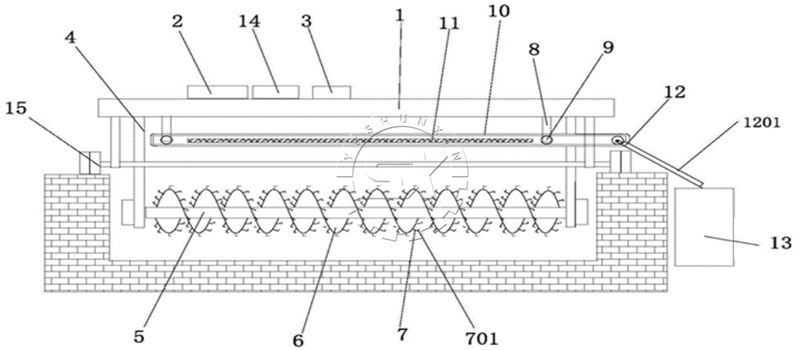
This is the schematic diagram of the working principle of our Groove Type Organic Material Compost Turner. We have many types of compost turning machine, and they work on the same working principle with just different machine appearances. To simply put, the working principle is: The rotating turning tooth on the turners will crack, crush, mix, and flip the raw materials underneath when the turner equipment is at work. So basically, our compost turner is playing at least four roles at the same time: one Cracking machine, one Crusher, one Mixer, and one Turner during the composting process.
According to your material types and handling capacities, or you can tell us how many chickens / cows / pigs you have on your farm, we can calculate and design the accurate size for the composting area as needed. Then we will be able to recommend and customize the most feasible compost turner equipment for your fertilizer project. Here are some of our compost turner equipment most popular among customers for your consideration.
4. Powder organic materials can be applied to the soil directly as fertilizers, because it works faster for the soil. Yet it’s very easy to get wet, then starts caking and lumping losing nutrients at the same time. Granulation for organic fertilizer products can solve the issue well. After the granulation of organic raw materials, the ingredients and nutrients as contained in will lose less and stay longer in the pellets, thus the granular fertilizer effect will be much longer than the powder organic fertilizer.
The working principle of Organic fertilizer Pelleting Equipment is based on the wet granulation method: accessories of the granulator machines with their components stir the organic raw materials by rotation, and at the same time use gravity and friction to granulate the powder materials, then spheroidize and densify the small granules, and finally form particle products of a specific size as needed.
As the organic fertilizer granulation has become a popular trend, the technical team of Shunxin machinery has studied and developed a series of granulator machines for organic fertilizer production. We’ve provided many machine types with different appearances and capacity models, and this is offering lots of options for our customers. Below organic fertilizer production equipment are of our most popular granulator types for your reference.
5. Powdery or granular organic fertilizers can be directly applied to the field for the crops or plants. However, long-term storage for them in the exposed state can result in a reduction or even loss of fertilizer effectiveness. Farmers and fertilizer producers are well aware of such an issue. And one of the solutions is to pack the powder and granules into bags as fertilizer products for longer storage or a better sale in the market.
Equipped with Automatic Packer, Bag-sewer, Conveyor, and Panel devices, only 2~3 people can easily operate our Packing machine to process the final powder or pellet fertilizer products as needed. Here are some types of our commonly chosen Packer for your choice.
II. Equipped with Shunxin organic fertilizer production equipment, what kinds of organic matters can be processed?
From above information about our organic manure processing facilities, we have a general understanding of the organic materials that can be processed. Here is a summary: Depending on the sources, we can divide the raw materials kinds for organic fertilizers into the following categories:
1. Crop straw and other plant residues like straw, wheat straw, corn stalks, garden waste, etc;
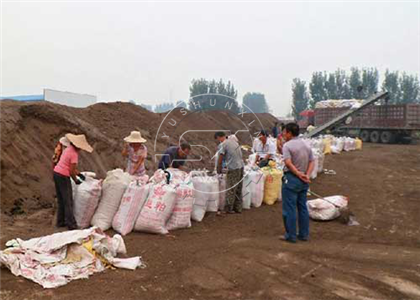
Powder Soybean Meal packed as organic fertilizer
2. Livestock and poultry manures such as chicken litters, duck droppings, pig waste, cow dung, sheep manure, etc;
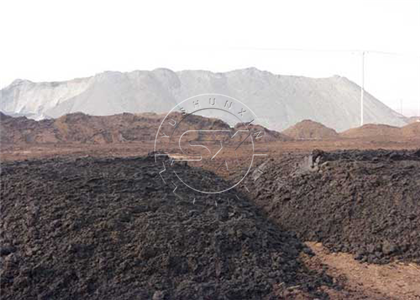
Cow dung ready for complete material composting
3. Scrap of agricultural and sideline products, such as soybean meal, lees, vinegar, sugar residue, furfural residue, silkworm sand, mushroom fungus residue, kelp residue, phosphorus citric acid residue, cassava residue, protein mud, amino acid humic acid, oil residue, grass ash, shell powder, peanut shell powder and so on;
4. Other raw materials such as biogas residue, peat, grass ash, urban living sludge, etc.
III. How do they work as an equipment operation flow of organic waste to fertilizer production line?
Good question! Yes, every one of the above equipment can process your raw organic materials with its single functions as needed. But only one of them is not able to produce commercial fertilizer products as needed. We need to design a suitable operation flow on your requests for the fertilizer project so that we can use all the necessary machines to work together like a large-scale fertilizer production line.
From the above equipment information, you can see that we have lots of projects in many places. In fact, we have designed and installed more than one hundred organic fertilizer cases in over 50 countries, including large and small scale production lines for both powder and granule fertilizer. Below are some finished pellet and powder organic fertilizer products feedback from our customers in their production plants.
Together with our above fertilizer equipment and other kinds of machines and accessories, we can provide you with a systematic organic fertilizer production line program. You can check the following diagrams as references to know better about the fertilizer lines.
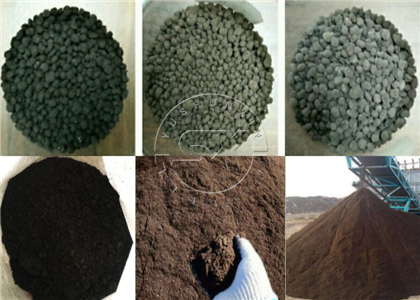
1. Normally, the processing flow of a Powder organic fertilizer production line is as below: Composting – Feeding – Crushing – Screening – Packing.
As seen in the diagram, a Compost Turner turns the raw organic materials into compost in the Composting area;
With all equipment connected by the Belt Conveyors, the first Feeding machine starts the Production area: it passes the organic compost to a Crusher; After the crushing, the Screener filters the qualified powder to the next Packing process, and the unqualified back for re-crushing. When the Packer finishes its processing, powder organic fertilizer products are done and ready for usage or for sale.
It takes about 1000m² for a 1~3 tons / hour Powder fertilizer production project, 700m² for the Composting area and 300m² for the Production area; total power consumption is about 40~60kW; 4~5 workers are enough for the project operation. Therefore, it is very suitable for the start of the fertilizer business, and only a few family members can run it smoothly.
2. In a Granular organic fertilizer production line, it contains the powder fertilizer processing flow together with more as below: Composting – Feeding – Crushing – Screening Mixing – Granulating – Drying – Cooling – Screening – Packing.
In this project design, it is with the same Composting process as in the Powder organic fertilizer production line;
In the Production area, the Mixer blends all the powder material ingredients together; The Granulator makes the powder mixture into pellets; Heating up by the Burner, the Dryer roasts the moisture of the pellets; The Cooler cools downs the hot temperature; Then the Packer after the Screener processes the pellets into bags as programmed.
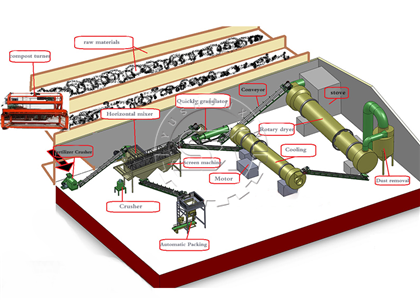
Usually, a Granulator organic fertilizer production project takes a larger area like 2500~3000m² with more total power consumption; 6~8 workers according to the project processes. As a result, it is more of our suggestion for it to be a choice to expand the current powder fertilizer project. If you are planning to start a big fertilizer project, we can design more reasonable processes based on your materials, capacity, and detailed requests into the production line to make the final fertilizer products better.
3. Many of our clients’ projects are to produce both powdery and granular organic fertilizers in the same production plant at the same time. For such a 2-in-1 organic fertilizer production project, we need to consider lots of details for the customers to ensure the project reasonable and running smoothly. After confirming the massive processing specifications, one of our line diagrams designed for their projects is as below:
This is a large scale organic fertilizer production project. Equipped with different machine models, it can deal with a capacity of 30,000~150,000 tons / year. After the composting process, the organic animal manure gets crushed, screened to fine powder, batched and mixed with many other kinds of material ingredients together, such as humic acid, zeolite powder or NPK fertilizer powder, etc. From the Mixing process, the outlet leads to two different production systems for both the powder and the pellet fertilizers. Please refer to the introduction above for the similar line operation processes.
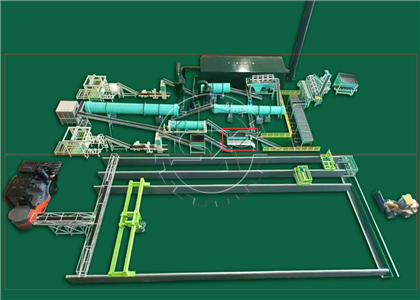
IV. How to confirm the suitable organic fertilizer manufacturing machines for your fertilizer plan?
First, please inform us your raw material type, chicken manure, cow dung, crops waste, or biogas residue… or many types to be processed together;
Then, how much weight or volume (per hour / day / month) of the materials to be processed is very important for us to recommend fitting machine models;
And you can describe how you want to process the materials like dewatering or crushing, and what final products you want from it like compost to apply or granular fertilizer to sell. This will help us confirm the right equipment types for you;
What’s more, if you have special requests for material processing, or the current condition of your plant, welcome to tell us in detail. Then we can suggest proper equipment for you and design an accurately matched production plan for your organic fertilizer project.
For example:
1 tons / hour watery cow dung in farm (with pictures / videos) to organic compost;
5 tons / hour dry cow dung in plant (with pictures / videos) to granular fertilizer; etc.
